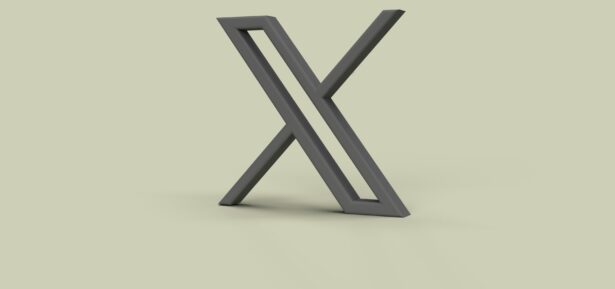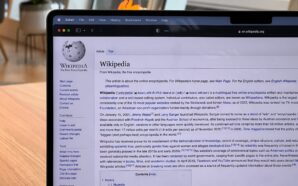US software mega-company, Microsoft, is making, perhaps, its biggest move this year by merging with Finnish mobile phone maker, Nokia – a buyout agreement that cost the former $7.2 billion (5.44 billion euros). The merger is set to close in 2014’s first quarter and will be marked with the transfer of 32,000 Nokia workers to Microsoft; the number includes the people who are directly involved in the manufacturing process.
The move is described by Steve Balmer, outgoing CEO of Microsoft, as a “bold step into the future”, a maneuver that aims to make these two joining companies in par with stiff competitors Samsung Electronics and Apple Incorporated.
The Stakes
The once cellular phone-maker leader had suffered a backlash when the advent of smart phones came, falling behind Apple and Samsung as these two giants offered consumers more up-to-date and innovative models. The software giant, on the other hand, had not anticipated that smart phone popularity would rocket up sky-high in a short time and would become a trend immediately leaving PCs and laptops, in where their applications systems are at work, behind. The deal is expected “to bring the hardware closer to the operating system and achieve a tighter integration” which could ante up sales.
Further manufacturing and development of the Nokia Lumias line is not part of the operating system’s deal with the phone maker. Technically, the merger will make Nokia’s smartphone development dead with Microsoft taking the line-up in the company’s own hands. Nonetheless, matters are different when it comes to licensing. Both have come up with the arrangement that current cellular phone products will use the Nokia brand within a ten-year span.
When absorbed by Microsoft, Nokia intends to focus its sights on its three core technologies – its network infrastructure NSN, its development and licensing department which is called Advanced Technologies and its location and map-related services dubbed HERE. Microsoft did manage to acquire the company’s less-expensive Asha brand which it planned to integrate with the coming Windows Phone. Microsoft officials have divulged that the giant’s plan is to make Asha an on-ramp to the Windows Phone.
The Changes
The merger deals with a series of goodbyes and welcomes among the two companies’ top officials.
Microsoft’s CEO, Steve Balmer, is set to retire next year and rumors have been flying around about who will take over his place. Some analysts have speculated that Stephen Elop, who once worked for the software company but jumped to Nokia, is going to be Microsoft’s next CEO since the two companies are merging. Currently, the same Stephen Elop steps down as chief executive and president of Nokia Corporation as well as resign from the company’s board. After the acquisition, however, Elop will go back to Microsoft with an expanded devices team.
Nokia’s executive vice president of design, Marko Ahtisaa is also set to leave the company in November sighting entrepreneurial opportunities as the reason behind his resignation. Ahtisaari is the one responsible for designing Nokia’s Lumia design language. The Microsoft-Nokia tie-up makes the former a company that is both a devices innovator and a services supplier. Could this be enough to rise up above Samsung and Apple?
Babies in the Summer Limelight!
-
Neuralink Makes a Major Breakthrough with Patient A patient who has received a Neuralink brain implant can now control...
-
America’s Favorite Car, the Camry, Takes a Green Turn with Hybrid-Only 2025 Model. In a groundbreaking announcement, Toyota, the...
-
Rishi Sunak stresses the need for external control in managing AI risks at the AI Safety Summit. UK Prime...
-
Tech Billionaire Proposes Renaming Wikipedia to ‘Dickipedia’ in Exchange for Record Donation In a recent social media spectacle, tech...
-
A recent investigation by the Wall Street Journal has exposed Instagram’s alleged involvement in facilitating illegal activities, particularly concerning...
-
NASA is seeking public help with the Daily Minor Planet project. The Daily Minor Planet Project is a...
-
The rise of electric vehicles (EVs) has been a hot topic for the last several years, but what is...
-
If you remember the classic story of Alice in Wonderland, you probably remember the part where Alice stumbles upon...
-
While Pokemon Go is a social game first and foremost, it can be a little difficult to communicate and...
-
In its more recent seasons, Fortnite has gotten steadily more ambitious with its use of NPC characters. Long gone...
-
As any Fortnite player can tell you, Fortnite is a game with a heavy emphasis on motion. You gotta...
-
If there’s one classic Disney movie that got kids interested in the wildlife of Africa, it was The Lion...


















